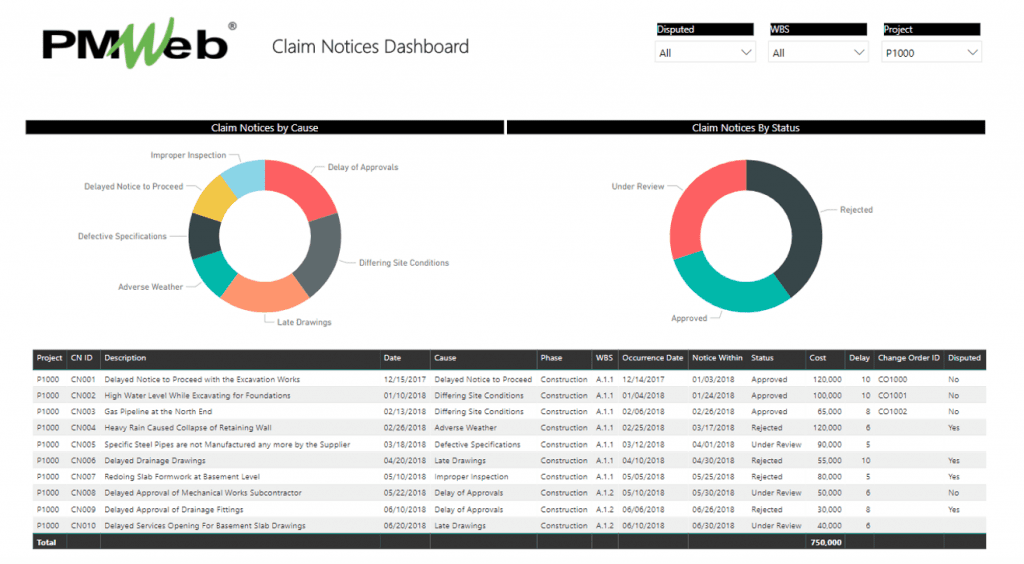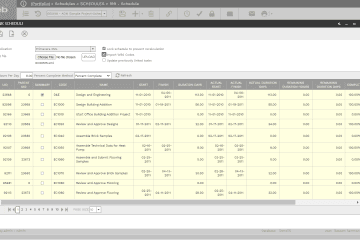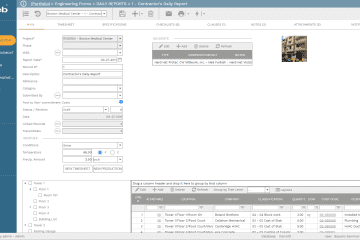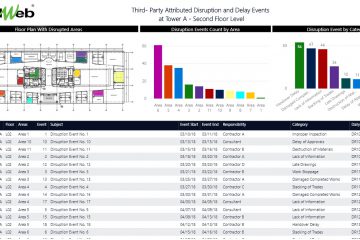Construction claims in capital projects is on the rise and they need to be managed like the many other project management processes. Those involved in analyzing, preparing, submitting, presenting and negotiating construction claims understand that a key requirement of construction claims is the need to issue timely claim notices as set in the contract agreement. This requires adopting a proactive approach that will make the organization ready for submitting claim notices as soon as a claim event occurs.
In general, for a construction project, there are 39 most common claim events that include events such as Acts of God, Acts of Government, Actual and Constructive Acceleration, Adverse Weather, Cardinal Change, Commercial Impracticability/ Performance, Commercial Impracticability/ Supply, Constructive Change, Defective Specifications, Delay of Approvals, Delayed Issuance of Change Orders, Delayed Notice to Proceed, Destruction of Work, Destruction of Materials, Differing Site Conditions, Early Completion Prevented, Impossibility of Performance, Improper Inspection, Inadequate Supervision, Inadequate Utilities, Interference, Labor Shortage, Lack of Access, Lack of Information or Decision, Lack of Permits, Lack of Right of Way, Late Drawings, Defective Material, Payments Not Made, Scheduling Difficulties, Stacking of Trades, Strikes, Nominated Subcontractor Delay, Superior Knowledge/ Misrepresentation, Supplier Delay and Suspension of Work/Delay.
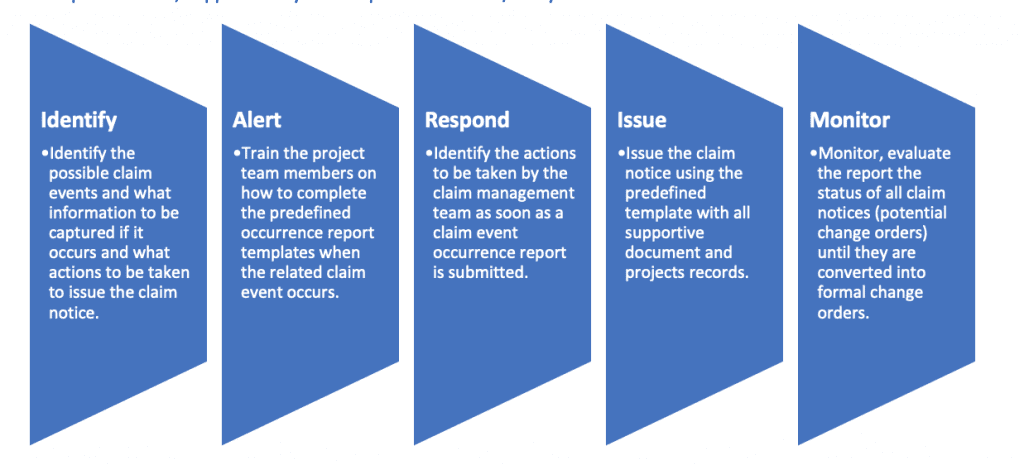
The PMWeb Project Management Information System (PMIS) will be used to support the claims management requirement by implementing a process to capture the particulars of all those claim events as soon as they occur. PMWeb Custom Form Builder will be used to create an occurrence report form for each specific claim event. The form which will usually have two parts; the first part will be used to capture the particulars of the occurred claim event as soon as it occurs. This will usually be completed by the field team member who will usually first notice the possible claim event. In addition, to complete the template, the project team member needs to adds pictures, videos and other documents that support the reported claim event. When this is completed, the project team member will submit the form which will automatically pick the predefined workflow steps for whom the form will be sent to.

The same claim occurrence form will be received by the organization’s claim management or quantity surveyors team. Those could include the contracts and commercial team members who could be located at the project site or at the company head office, within the same country or in other country, or the team members of a third-party consultant who is responsible for providing the claim management services for the project or the organization as an overall. Those qualified team members will review the form and complete the second part of the form which will be used to identify the follow-on actions to be taken to submit the formal claim notice as required by the contract agreement. The form workflow will transmit the completed claims occurrence form to the project team member who is responsible to issue the claim notice.
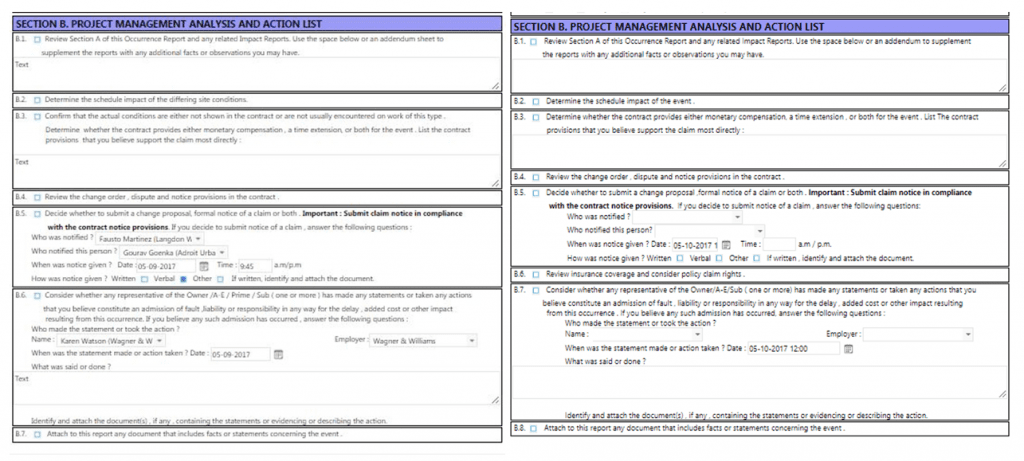
It should be noted that the claim occurrence report is an internal form and should never be shared with the project owner or any of his authorized representatives. The contractor will need to follow what is set in the contract agreement for providing the claim notice. The first approach is to have the claim notice letter predefined as one of the letter templates available in PMWeb correspondence module. This will enable the contractor to formally issue the claim notice using the right contractual wording while complying with the project’s claim notification requirement as set in the contract agreement. Similar to all PMWeb modules, documents can be uploaded and attached to the Claim Notice letter template as well as relevant PMWeb records can be linked. In addition, a workflow will be assigned to formalize the steps for submitting, reviewing and internally approving the Claim Notice before it is printed, signed and formally submitted to the project owner or the authorized representative as set in the contract.
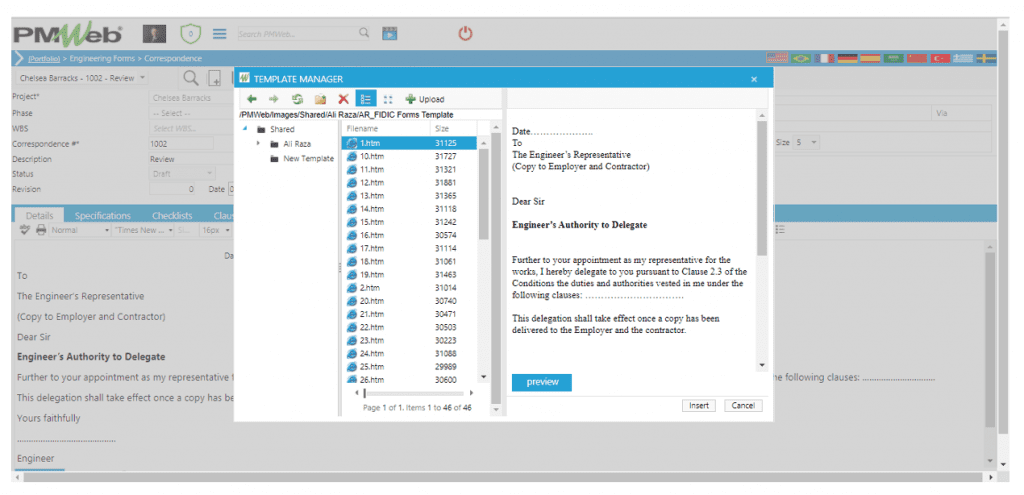
The other option is to use PMWeb Potential Change Order module to issue the claim notice. Of course, the default name of the form will be changed to reflect this change in terminology. The output version of the form can be designed to match the required claim notice form as set in the project management plan. Similar to all PMWeb modules, documents can be uploaded and attached to the Potential Change form as well as relevant PMWeb records can be linked. In addition, a workflow will be assigned to formalize the steps for submitting, reviewing and internally approving the Potential Change before it is printed, signed and formally submitted to the project owner or the authorized representative as set in the contract.
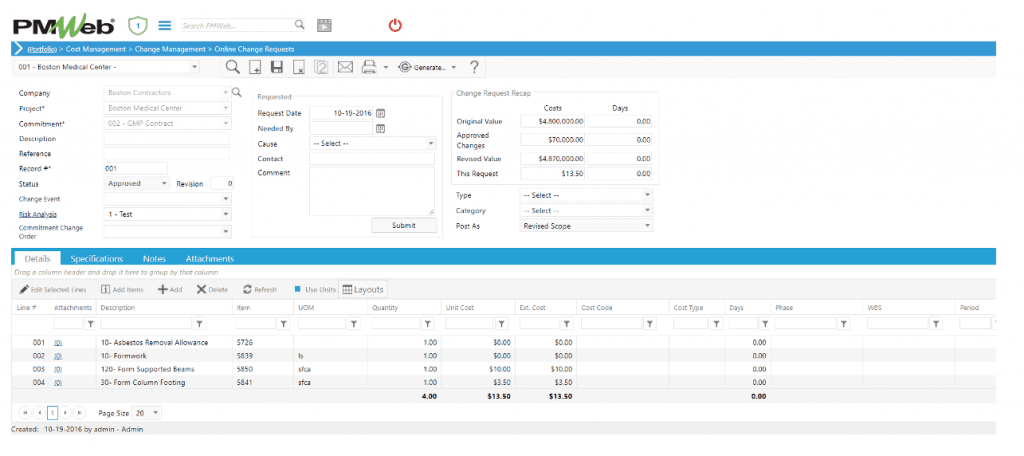
A Project Management Information System like PMWeb provides the contractor with the power for adopting a proactive claim notice process that not only helps the contractor to anticipate construction claims and be ready to respond to those claims when they occur, in the most agile and comprehensive approach, but also provides a real-time monitor and report on all submitted construction claims and extension of time requests. In addition, having this proactive claim management solution implemented across the complete projects’ portfolio will provide senior management with a real-time solution to monitor, evaluate and report claim notices across all of their projects.
